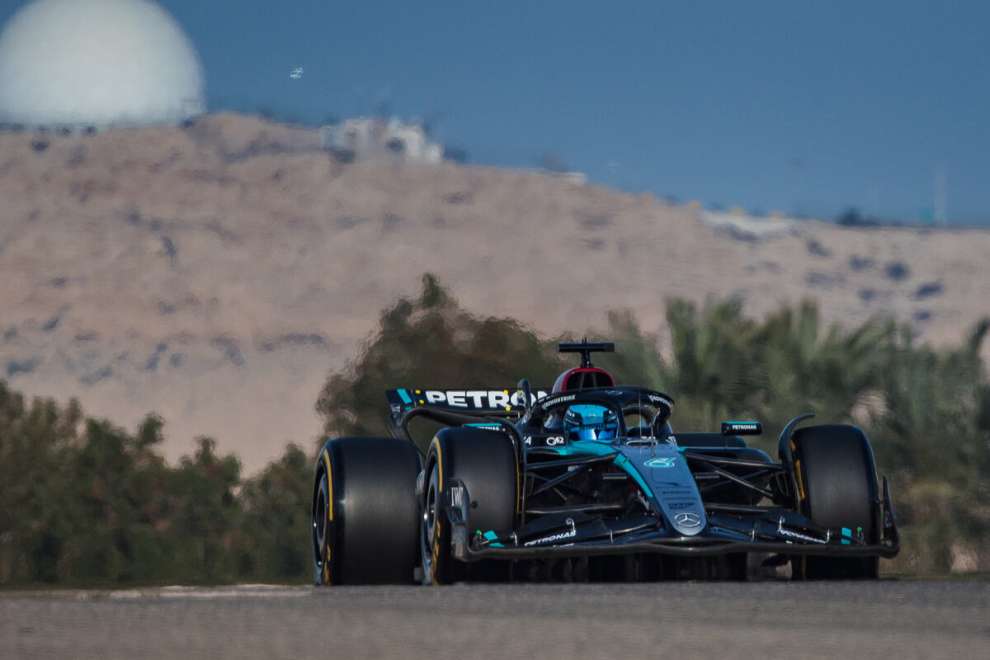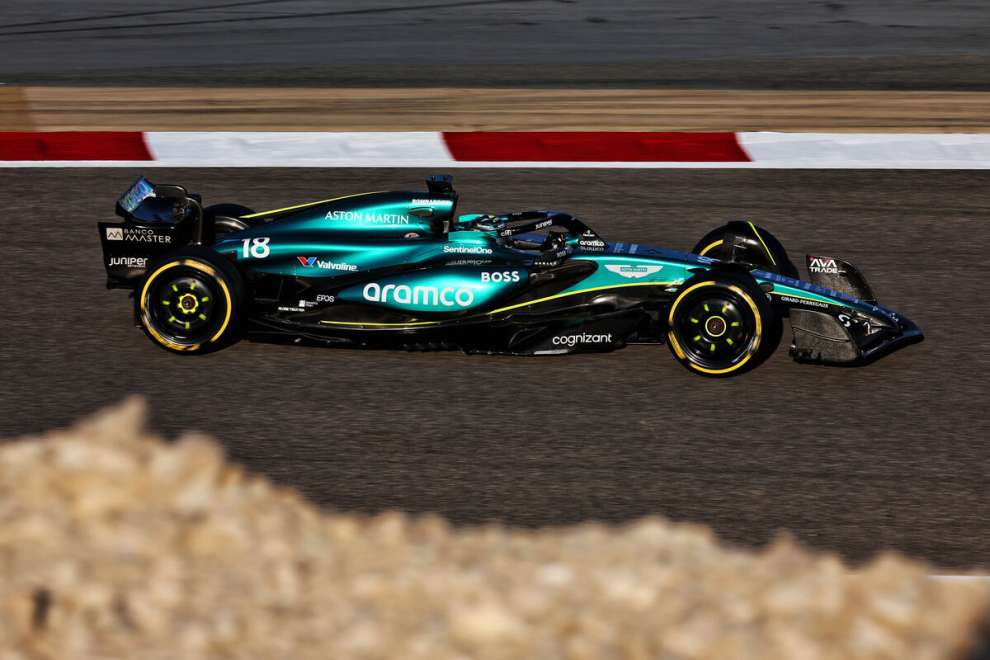By Carlo Platella
On the eve of the first Grand Prix, the forecasts tell of a Red Bull-Verstappen pair still ahead of everyone, with Ferrari chasing. However, not everyone agrees with a picture, with some who instead see Mercedes as the first of the pursuers. It will be up to Bahrain to provide its answers, quantifying the advantage of the world champions and revealing whether the car from Milton Keynes has filled the few gaps for 2023.
Long jump
The priority in the first Grand Prix will be to understand who managed to make the biggest leap in the transition from one season to the next. Ferrari and Mercedes have worked above all to improve the character of their cars, working on aerodynamic robustness, balance, handling and sensitivity to external conditions. Even more than increasing the maximum potential, which still progressed compared to 2023, the objective in Maranello and Brackley was to make it extractable more easily and in a wider spectrum of conditions. These advantages will become apparent especially in racing scenarios.
Red Bull for its part was aware of the large margins for growth of the competition. For this reason in Milton Keynes it was decided to overturn the structure of the RB20, rethinking the layout of the components under the bonnet to draw new shapes, useful tools to reach even more important numbers in the wind tunnel. All this, however, without revolutionizing the working philosophy of the previous cars, carrying forward the same concept which, however, without the support of a new look, would soon have reached saturation.
Verstappen hopes that the increase in aerodynamic efficiency will allow him to prevail in qualifying, one of the rare contexts in which the 2023 Red Bull was attackable. The question is whether the world champions' jump is greater than that made by their direct rivals, a question that could find different answers between the race and the flying lap. Red Bull enters the new season as favouritesbut the size of the advantage that will emerge in Bahrain will determine the chances of a comeback for Ferrari and Mercedes, who are aiming for aggressive development, with two cars that are finally supported by the simulations.
The track
The first race will offer only a partial look at the relationships on the field, in a calendar that is increasingly diversified between city and permanent tracks, high and low load, smooth and tortuous circuits. Straights abound in Bahrain, as confirmed by the three DRS activation zones and the 61% of time spent with the accelerator flat. The average speed over the lap, however, is relatively low, with 'just' 217 km/h, lower even than the tortuous Brazil, numbers that arise from the presence of several hairpin bends and low-traffic areas.
So in addition to the aerodynamic efficiency on the straight, this emerges in Bahrain incisiveness and stability when braking. In fact, Brembo classifies the track with a severity of 4 out of 5 for the braking system. Suffice it to say that the average deceleration during the lap, estimated at 3.9 g, is slightly lower than the peak of 4.2 in the violent braking of turn 1, a sign however that there is a lot of braking, even high intensity braking. However, the low-speed corners also highlight the traction and stability of the rear when exiting, a quality that Mercedes has long pursued.
If the first and last sectors place the emphasis on straight-line speed, braking and traction, attention shifts instead to the medium-speed corners in the central section, the most complete of the track. In general, Bahrain will judge the cars above all for the goodness of the rear end and with a medium-high aerodynamic load appearance, very different qualities compared to those that, for example, will emerge only a week later in Jeddah.

The challenge of degradation
Bahrain is known for having one of the most abrasive asphalts in the entire World Championship, a characteristic which accentuates surface wear and thermal degradation of the tyre, especially on the rear axle, severely frustrated in the burning traction phases. There are still many unknowns afterwards the race pace simulations of the tests, where Red Bull tested all three compounds, while maintaining a constant and intermediate fuel load. Ferrari, on the other hand, simulated a complete Grand Prix, but the management of degradation seemed deliberately not optimised, with the aim of reaching and evaluating the ultimate limit of the tyre. The free practices will offer some more evaluations, always keeping the variable temperature in mind. In Bahrain, free practice 2 is the only one to be held in the evening hours, the same as those scheduled for qualifying and the race, while the other sessions are held in warmer track conditions.

As per tradition, the high degradation iforces Pirelli to bring the harder compounds of the range: C1, C2 and C3. The prescriptions for static inflation pressures are 22 and 19 psi for the front and rear respectively, higher than the 21 and 18.5 psi of the 2023 edition. The increase is a natural response from Pirelli to the whose aerodynamic load has increased by approximately 10% during the last year. It is further demonstration of how the development of ground effect Formula 1 cars is far from reaching saturation and that the hierarchies of the first race will evolve throughout the year. A game to be played entirely on development, on which Red Bull is aiming to escape alone and in which the opponents instead hope to close the gap soon.
#Ferrari #Mercedes #hunt #Red #Bull #begins #Bahrain